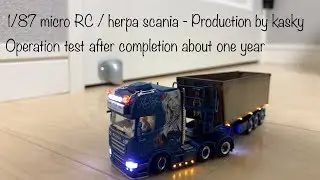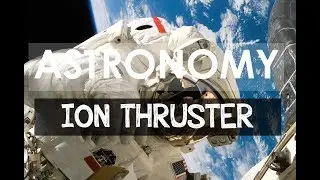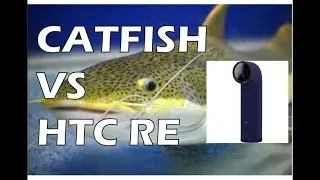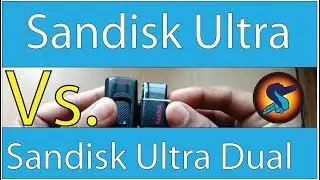Ion thruster | Ion Engine in space | In hindi
Ion thruster | Ion Engine in space | In hindi
An ion thruster ionizes propellant by adding or removing electrons to produce ions. Most thrusters ionize propellant by electron bombardment: a high-energy electron (negative charge) collides with a propellant atom (neutral charge), releasing electrons from the propellant atom and resulting in a positively charged ion. The gas produced consists of positive ions and negative electrons in proportions that result in no over-all electric charge. This is called a plasma. Plasma has some of the properties of a gas, but it is affected by electric and magnetic fields. Common examples are lightning and the substance inside fluorescent light bulbs.
The most common propellant used in ion propulsion is xenon, which is easily ionized and has a high atomic mass, thus generating a desirable level of thrust when ions are accelerated. It also is inert and has a high storage density; therefore, it is well suited for storing on spacecraft. In most ion thrusters, electrons are generated with the discharge hollow cathode by a process called thermionic emission.
Electrons produced by the discharge cathode are attracted to the dis- charge chamber walls, which are charged to a high positive potential by the voltage applied by the thruster’s discharge power supply. Neutral propellant is injected into the discharge chamber, where the electrons bombard the propellant to produce positively charged ions and release more electrons. High-strength magnets prevent electrons from freely reaching the discharge channel walls. This lengthens the time that electrons reside in the discharge chamber and increases the probability of an ionizing event.
The first person to mention the idea publicly was Konstantin Tsiolkovsky in 1911.[3] However, the first document to consider electric propulsion is Robert H. Goddard's handwritten notebook in an entry dated September 6, 1906.[4] The first experiments with ion thrusters were carried out by Goddard at Clark University from 1916–1917.[5] The technique was recommended for near-vacuum conditions at high altitude, but thrust was demonstrated with ionized air streams at atmospheric pressure. The idea appeared again in Hermann Oberth's "Wege zur Raumschiffahrt” (Ways to Spaceflight), published in 1923, where he explained his thoughts on the mass savings of electric propulsion, predicted its use in spacecraft propulsion and attitude control, and advocated electrostatic acceleration of charged gases.[3]
A working ion thruster was built by Harold R. Kaufman in 1959 at the NASA Glenn Research Center facilities. It was similar to a gridded electrostatic ion thruster and used mercury for propellant. Suborbital tests were conducted during the 1960s and in 1964, the engine was sent into a suborbital flight aboard the Space Electric Rocket Test 1 (SERT 1).[6][7] It successfully operated for the planned 31 minutes before falling to Earth.[8] This test was followed by an orbital test, SERT-2, in 1970.[9][10]
An alternate form of electric propulsion, the Hall effect thruster was studied independently in the U.S. and the Soviet Union in the 1950s and 1960s. Hall effect thrusters had operated on Soviet satellites since 1972. Until the 1990s they were mainly used for satellite stabilization in North-South and in East-West directions. Some 100–200 engines completed missions on Soviet and Russian satellites until the late 1990s.[11] Soviet thruster design was introduced to the West in 1992 after a team of electric propulsion specialists, under the support of the Ballistic Missile Defense Organization, visited Soviet laboratories.
An ion thruster or ion drive is a form of electric propulsion used for spacecraft propulsion. It creates thrust by accelerating ions with electricity. The term refers strictly to gridded electrostatic ion thrusters, but may more loosely be applied to all electric propulsion systems that accelerate plasma, since plasma consists of ions.
Ion thrusters are categorized by how they accelerate the ions, using either electrostatic or electromagnetic force. Electrostatic thrusters use the Coulomb force and accelerate the ions in the direction of the electric field. Electromagnetic thrusters use the Lorentz force. In either case, when an ion passes through an electrostatic grid engine, the potential difference of the electric field converts to the ion's kinetic energy.
Ion thrusters have an input power need of 1–7 kW, exhaust velocity 20–50 km/s, thrust 25–250 millinewtons and efficiency 65–80%.[1][2]
The Deep Space 1 spacecraft, powered by an ion thruster, changed velocity by 4.3 km/s while consuming less than 74 kilograms of xenon. The Dawn spacecraft broke the record, with a velocity of 10 km/s.
Referance
https://en.wikipedia.org/wiki/Ion_thr...
https://en.wikipedia.org/wiki/Ion_thr...
https://www.nasa.gov/multimedia/image...
https://www.nasa.gov/centers/glenn/ab...
scigo



















